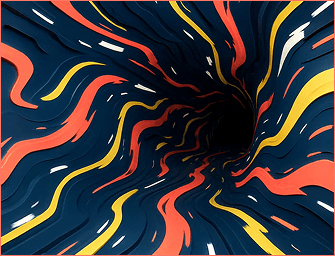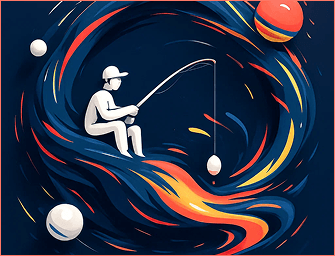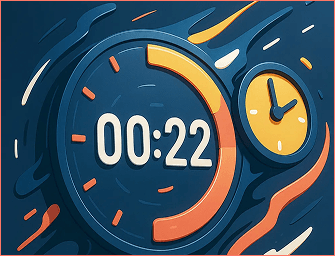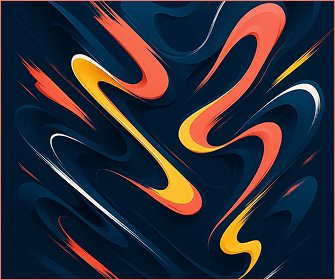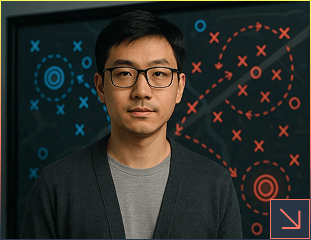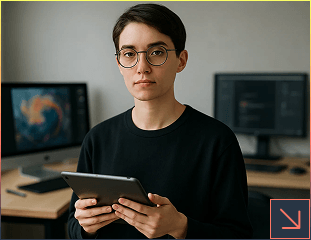The Shape of Attention
mentaium.space is a blog that studies the invisible structures inside games.
This is not a review site.
It’s a chronicle of the architecture of attention.
Most game reviews focus on what you do.
We focus on how you’re led to do it.
Every flicker, delay, vibration, and shadow in a game shapes what you notice — and what you miss.
We explore:
-
How games structure perception
-
How mechanics regulate breath and gaze
-
When flow state emerges — and when it shatters
When the Camera Breathes Before You Do
Exploring first-person games that exhale for you — literally.
This wasn’t explained. There was no UI for it. But thousands of players described feeling held, watched, calmed.
This essay dissects how a camera’s micro-motion created somatic empathy — and how mechanical stillness transformed into emotional regulation.
Designing Focus: 5 Patterns Games Use to Guide Mental State
Exploring first-person games that exhale for you — literally.
Each pattern includes:
-
Use cases
-
Emotional response spectrum
-
Linked examples in known titles
-
Cross-reference to glossary terms
Mentaium.lex – Vocabulary for How Games Guide the Mind
We name the invisible tools of emotional and cognitive design.
Sample terms:
-
Soft-Stutter UI – Interface that slightly resists input to signal doubt
-
Cognitive Shadowing – When game subtly predicts your choice, shifting difficulty behind the scenes
-
Memory Fade Layer – Deliberate obfuscation of past actions to reframe present decisions
-
Eye-Lock Design – Visual cues that hold the player’s gaze longer than needed
Each glossary entry includes:
-
Etymology (dev interviews if possible)
-
Examples in known games
-
Notes on translation or localization gaps
-
Associated emotion(s) triggered
Games That Quieted the Room
Moments where mechanics made players forget they were playing.
Community and team-submitted logs that document:
-
Micro-moments of silence
-
Deliberate design that derailed player urgency
-
Unexplained immersion
Example:
In CloudKnot, the loading screen gets longer each time the player fails.
The silence deepens. The background fades. Players describe “sinking”
into a still state.
These aren’t mechanics. These are designed moods.
Writers Who Don’t Look Away
Profiles of those exploring games as neuro-emotional environments.
How Game Design Is Seen Across Cultures
Same game. Different eyes.
When players from different regions experience the same visual structures, they report different feelings:

-
JP players describe SoftWind as “a place of retreat”
-
FR players note its “lack of urgency as discomfort”
-
BR players highlight “rhythmic boredom — good boredom”
This block compares emotional reception across languages, using translated forums, essays, and subtitles.
Did a Game Steal Your Breath? Show Us
Send in a moment that made you forget the time.
We accept:
-
Short descriptions
-
Timed screenshots
-
Sequence logs
-
Emotion-linked interactions
Entries are archived in the Perception Log, and selected submissions are featured in essays or interactive maps.
Entries are archived in the Perception Log, and selected submissions are featured in essays or interactive maps.
We Map What You Don’t Notice
This is not media coverage. It’s attention cartography
mentaium.space exists to:
-
Reveal how games engineer awareness
-
Track the rhythm of gaze and breath
-
Archive the emotional geometry of screen time
Our job isn’t to tell you if a game is good.
It’s to show you how it shapes you — when you’re not paying attention.
